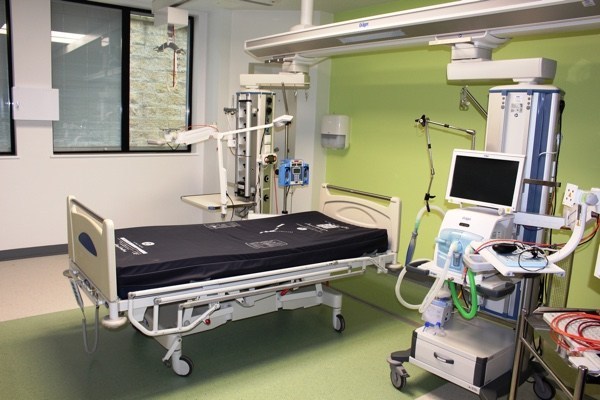Smart beds and robotic beds are expected to be the new revenue pockets for medical/hospital beds market
Beds are indispensable components required at healthcare
facilities, as most of the patients are not in mobile condition to receive the
treatment, and rest is of utmost importance for them. With an evolution in the
practice of medicine and technology, hospital beds have emerged as more
sophisticated medical devices with greater focus on safety and comfort of the
patient. The hospital beds present in the market today have become stronger,
lighter, durable, and effective with increased use of high quality synthetic
casters and polymers.
In recent years, technological advancements in hospital beds have made them much more than a resting place for a patient. These advancements enabled the inclusion of graphical interfaces, sensors, communication systems, and more to provide highly advanced - smart beds. These beds contain sensors for body temperature, blood, heartbeat, oxygen, and pressure sensors. These sensors continuously transfer patient signals to central system for physician review and play vital role for patients requiring critical care. In addition, it allows sending alert messages in case of any sudden change in the status of the patient’s health. Some of the smart beds have a “percussion and vibration” feature which is very useful for patients susceptible to pneumonia, suffering from respiratory diseases or are on ventilators. Further, there is a growing need to address the issues associated with high level of manual patient handling and Repetitive Strain Injuries (RSI) caused to caregivers by heavy patient lifting. Robotic beds are being increasingly researched as a promising tool that can offer efficient patient handling and reduce RSI. The robotic beds are being increasingly researched to address this issue and these researches are likely to be translated into commercialization providing high growth opportunities for bed suppliers.
Some beds are specifically designed for obese patients to offer
caregivers the ability to effectively care these patients – by incorporating
innovative features that promote efficiency, ease of use, and provide safe
patient care. Moreover, for the treatment of wounded and disabled patients, air
therapy beds have been designed that offers pressure distribution and reduces
the pressure ulcer formation. In addition, air therapy beds provide exchange of
air between the skin and the bed to reduce infections. The medical beds market
has witnessed constant innovations as key players are spending on R&D to
bring novel products into the market. For instance, in May 2017, Hill-Rom
Holdings, Inc. (U.S.) launched Hill-Rom 900 Accella for patients in intensive
and acute care settings. The bed features bed exit alarm, intelligent night
light, brake-off indicator, low-height indicator, patient positioning systems,
and less patient repositioning technology that make caring for patients easier
and safer. Similarly, in October 2017, Hill-Rom Holdings, Inc. (U.S.) launched
new medical-surgical bed solution Hill-Rom Centrella Smart+ bed to help keep
patients safe and simplify caregivers work in the long run. Also, in the same
year, the company launched Envella air fluidized therapy bed to provide the
highest quality wound care for patients with advanced wounds.
Hence,
constant innovation and resulting launch of technologically advanced beds is steadily
propelling the medical/hospital beds market which is expected to grow at a CAGR
of 4.8% to reach USD 3.1 billion by 2023, according to the Meticulous Research®.
Contact Us:
Viren Shrivastava
Viren Shrivastava
AVP- Global Sales and Marketing
Meticulous Research®
Tel: +1-646-781-8004


Comments
Post a Comment